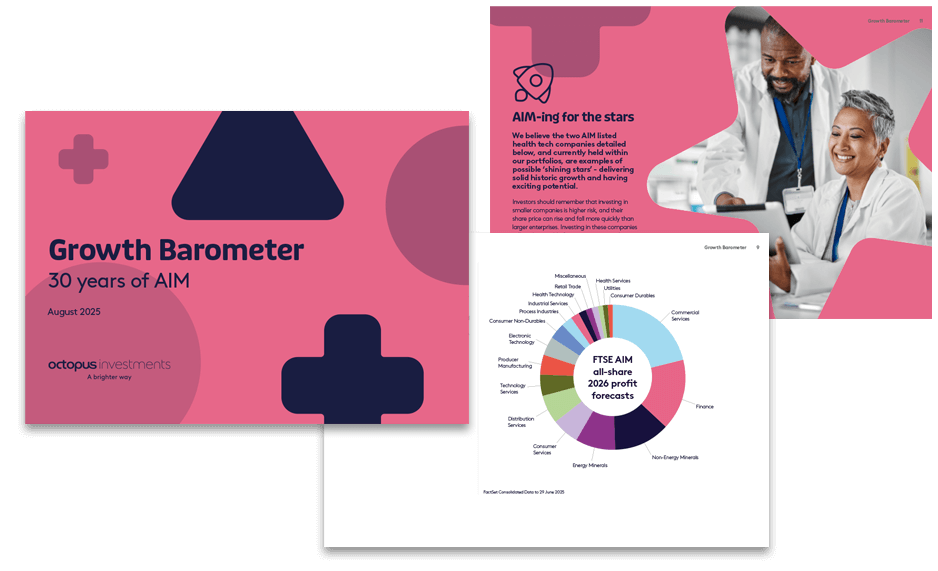Go back to EIS guide
* EIS 3 certificates are issued by each underlying company in an unapproved EIS portfolio. EIS 5 certificates are issued by the EIS manager of the approved EIS portfolio.
How and when to claim tax reliefs
How and when to claim tax relief
There are certain time limits and considerations when claiming EIS tax reliefs.
| How to claim | When available | Is there a limit to claim? | |
|---|---|---|---|
| Income tax relief | Amend PAYE tax code (if applicable) or through a personal tax return. EIS 3 or EIS 5 certificates required.* | Approved EIS portfolio investments: in the tax year that the fund closes. Unapproved EIS portfolio investments: in the tax year the investment into each underlying company is made. | Five years from 31 January, after the tax year in which the shares were issued. |
| Capital gains tax relief | There is no need to do anything. | When the shares are sold, provided they have been held for at least three years. | There is no time limit. |
| Loss relief | Through a personal tax return. | When either the shares are disposed of or when the shares are of nil value. | Income tax: one year from 31 January, after the tax year in which the loss was made. Capital gains tax: four years after the end of tax year in which the loss was made. |
| Capital gains deferral relief | Through a personal tax return. EIS 3 certificates and EIS 5 certificates required.* | Approved EIS portfolio investments: in the tax year the investment into each underlying company is made. Unapproved EIS portfolio investments: in the tax year the investment into each underlying company is made. | Five years from 31 January after the tax year in which the shares were issued. |
| Inheritance tax relief | Through an inheritance tax form valuing the deceased’s estate. | Upon death. | Before probate proceedings come to an end. |




